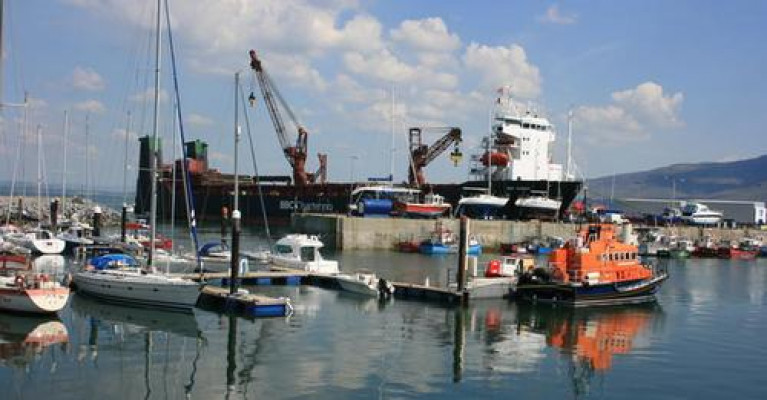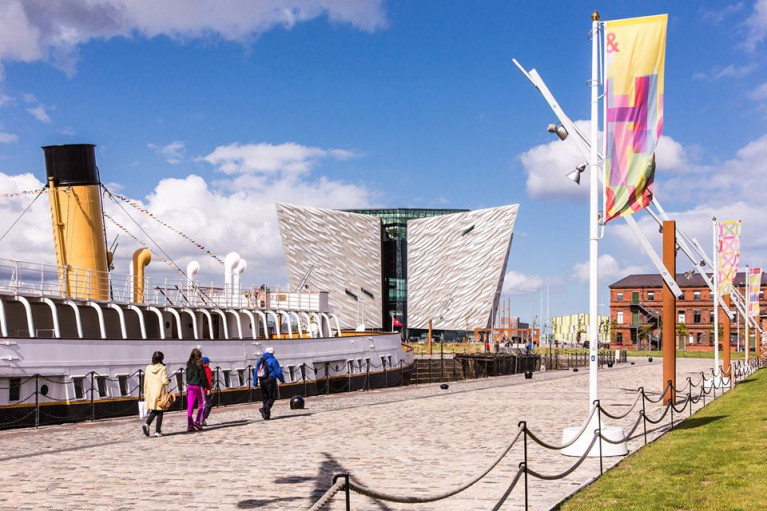Displaying items by tag: Boost
Development Boost at Fenit Harbour and Knightstown Pier
Project development works at Fenit harbour and Knightstown pier are to be prioritised for funding under the Brexit Adjustment Local Authority Marine Infrastructure.
The announcement was made at Monday’s full meeting of Kerry County Council (KCC) by KCC Director of Service for Roads, Transportation and Marine, Charlie O’Sullivan.
Fifty-seven piers and harbours in the county are under the control of KCC. However, due to specific funding criteria and a limited time-frame in which projects must be completed, only two projects in the county were given priority.
Fenit Marina and Inner Harbour works will receive €1million under the scheme, while the Breakwater works will get €250,000.
The Kerryman has more on this development.
Boost in Profits at Titanic Belfast as Over 900,000 Visit Centre
So it's full steam ahead at one of Ireland's most popular visitor attractions as profits at Titanic Belfast increased last year by 63% to £4.2m.
According to the Belfast Telegraph, in the 12 months to the end of last March, more than 900,000 people visited the world's largest Titanic visitor experience in Belfast. This contributed to revenues increasing by 10% from £16.3m to £17.9m.
The 9% increase in visitors helped Titanic Belfast Ltd's pre-tax profits increase from £2.5m to £4.2m.
The visitor attraction celebrates Belfast as the birthplace of the ill-fated Harland & Wolff built liner that sank on its maiden voyage in 1912.
More on the story here.






























































